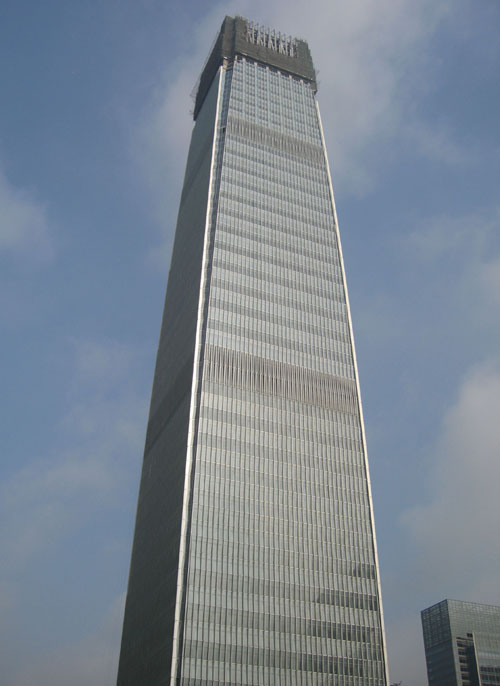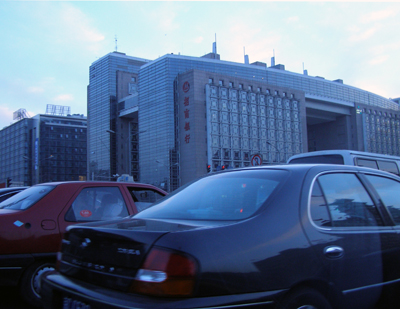.jpg) Photo courtesy of Nicolas Marino
Photo courtesy of Nicolas Marino
One rising city to be on the look out for in the next decade of China development is little-known Kashgar in the country’s western Xinjiang Autonomous Region. At just under a half a million people, Kashgar (in Chinese known as ‘ka shi’) sits at the far western part of China near the borders of Kazakhstan, Kyrgyzstan, Tajikistan, Afghanistan and Pakistan, making it a strategic gateway to Central Asia.
As a matter of fact, Kashgar has more in common culturally with its post-Soviet neighbors to the west than is does with what is historically thought of as China. Once an important outpost on the Northern Silk Road, today the city is dominated by the Uyghurs, a Muslim ethnic minority of Turkic origin.
This might not be the case for much longer. View full post »


 The China World Trade Center in Beijing, Designed by American Architects Skidmore, Owings & Merrill
The China World Trade Center in Beijing, Designed by American Architects Skidmore, Owings & Merrill 2,000 New Cars Hit Beijing Streets Everyday
2,000 New Cars Hit Beijing Streets Everyday Photo by
Photo by
by Adam Mayer
Erik Tan - Strategically the newly configured Iraq with its hydro carbon point to a vital corridor for resource movement in and out
saleem - I intend to set up a red wine factory in Kashgar.
But I wonder what are real estate prices in Kashgar special economic zone?
Will I and can get any relief on real estate price for my proposed factory.
Thanking you.
saleem
sobhani - Dear Sir
I contact you from a sez in Iran and wish to have Kashgar sez `s email address.
Can you help me?
Regards.
Sobhani